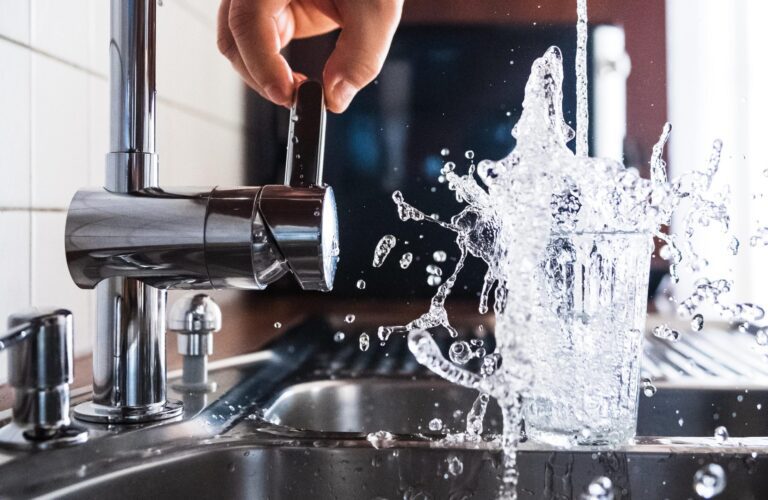The Best Ways to Filter Tap Water
3 of the Best Ways to Purify and Filter Your Tap Water
Simple Solutions for Cleaner Drinking
Clean water is vital for your health and well-being. Many people worry about what might be in their tap water. From chemicals to microbes, there are lots of things that can affect water quality.
Luckily, there are easy ways to make your tap water safer to drink. You can use simple methods at home to remove many harmful substances from your water. This article will look at three of the best ways to purify and filter your tap water. These methods can help give you peace of mind about the water you and your family drink every day.
1) Brita Standard Water Filter Pitcher
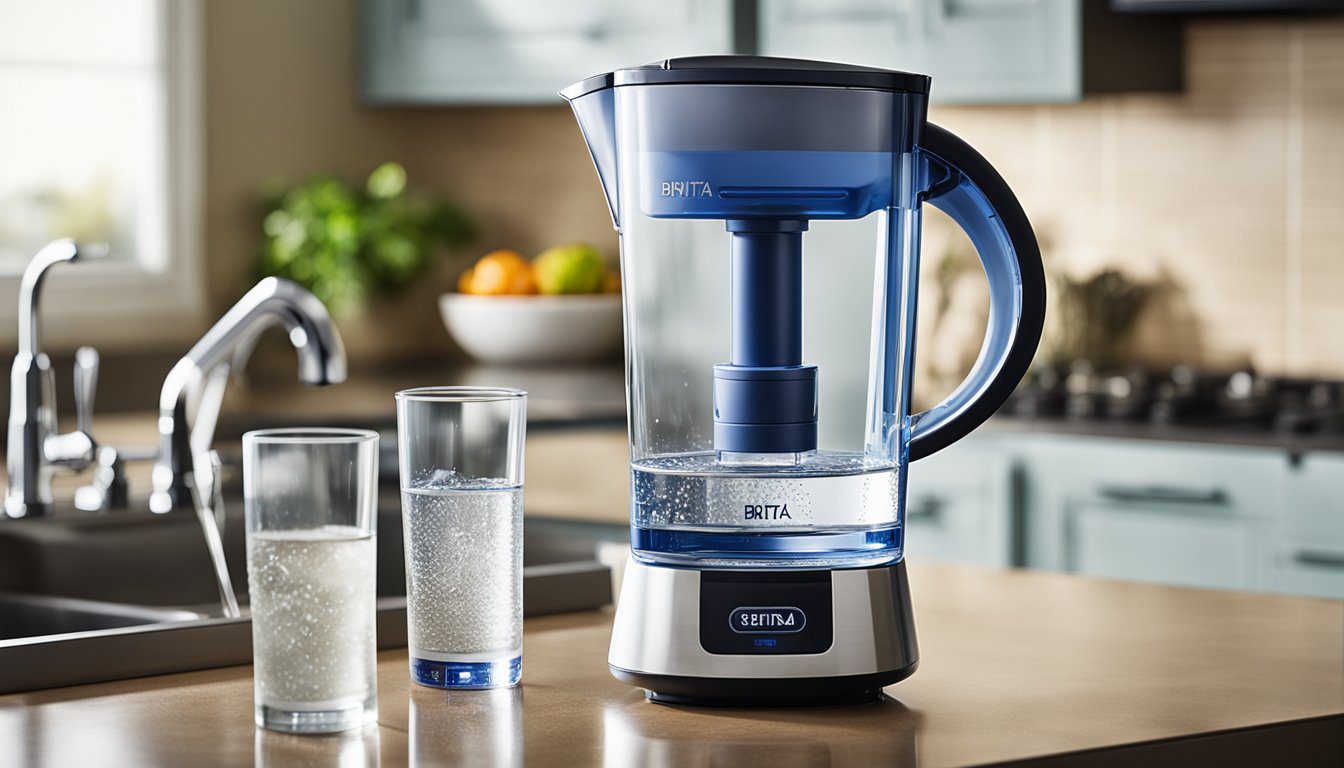
A water filter pitcher is a great way to purify your tap water. You simply fill the top reservoir and let gravity do the work. The filter removes impurities as water passes through.
These pitchers are easy to use and maintain. You’ll need to replace the filter every couple of months. Most models have an indicator to remind you when it’s time.
Using a filter pitcher can improve the taste and smell of your water. It removes chlorine and other chemicals that affect flavor. Many users report their water tastes fresher and cleaner.
Filter pitchers are affordable and don’t require installation. You can keep them in your fridge for cold, filtered water anytime. They’re portable too, so you can take them when you travel.
2) Reverse Osmosis Water Filtration System

Reverse osmosis is a powerful way to clean your tap water. This system uses a special membrane to remove tiny particles and contaminants.
You’ll be amazed at how much cleaner your tap water becomes. Reverse osmosis can get rid of up to 99% of dissolved solids in your water.
The process works by pushing water through several filters. These filters catch different types of impurities. The final step forces water through a very fine membrane.
Your water will taste better and be safer to drink. Many people notice a big difference in the flavor of their water after installing a reverse osmosis system.
These systems can fit under your sink or on your countertop. They’re a great choice if you want really pure water at home.
3) PUR Faucet Mount Water Filter
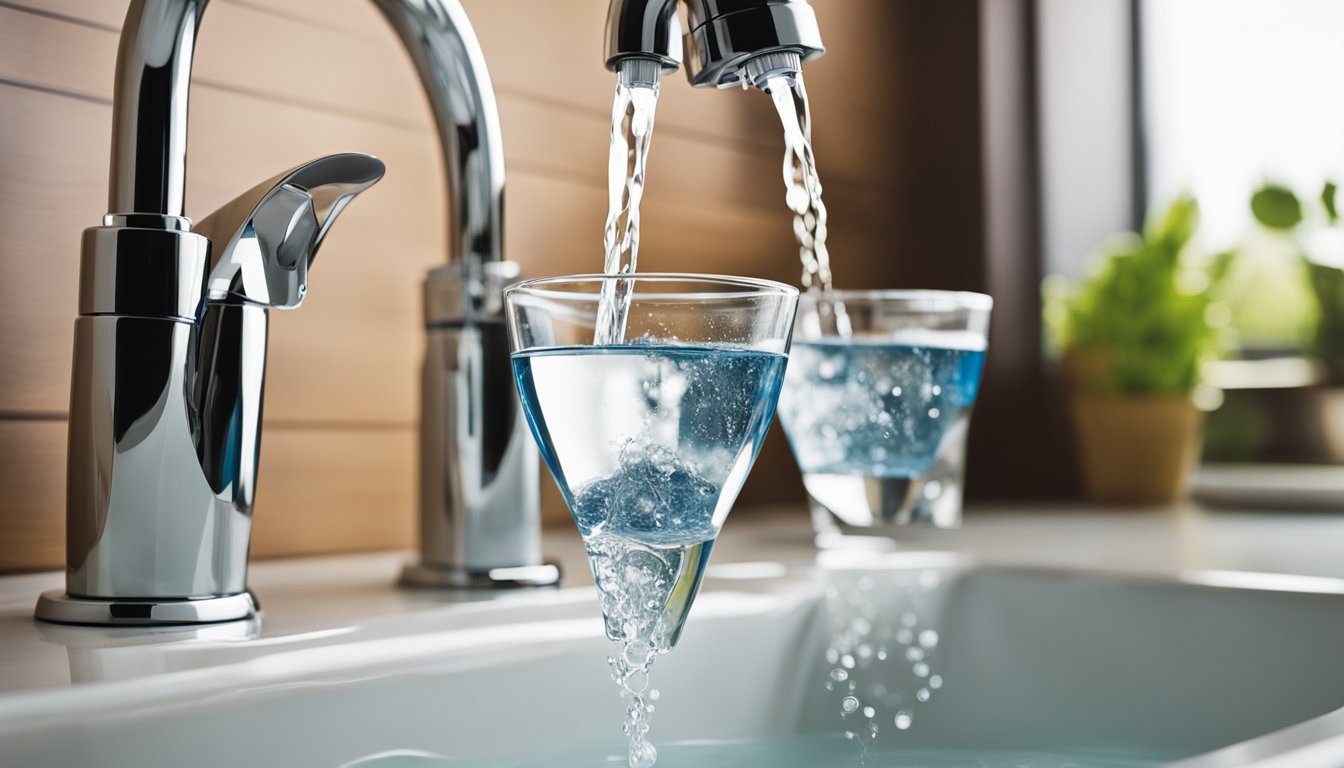
This handy device attaches directly to your kitchen faucet. It’s easy to install and use. Just turn on the tap, and you’ll have clean, filtered water in seconds.
The filter removes over 70 contaminants from your tap water. It can get rid of 99% of lead, which is great for your health.
You’ll notice the difference in taste right away. Your water will be fresher and clearer. Plus, you won’t need to buy bottled water anymore.
Each filter lasts for about 100 gallons or 3 months. That’s a lot of clean water for your family to enjoy. It’s a simple way to improve your drinking water at home.
Understanding Tap Water Contaminants
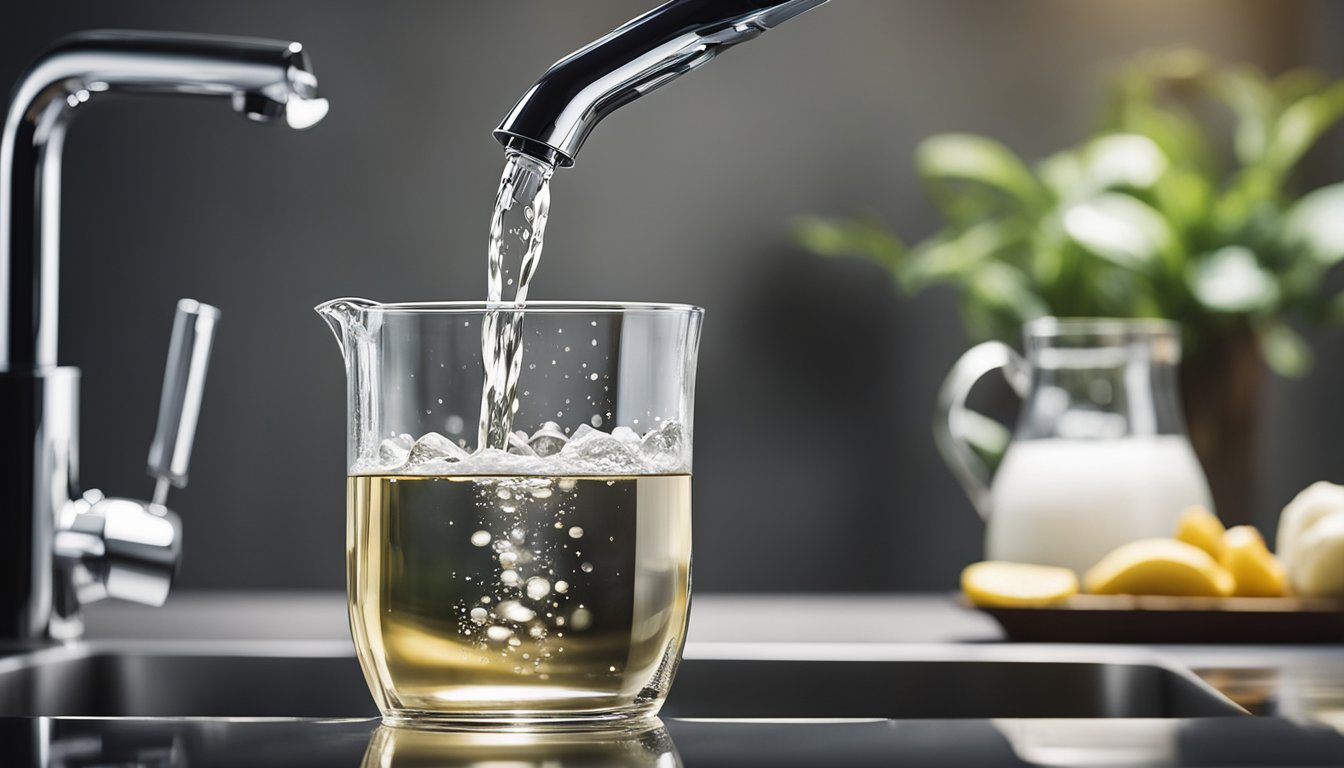
Tap water can contain various substances that affect its quality and safety. Knowing what’s in your water helps you choose the right purification method.
Common Chemicals and Pollutants
Your tap water might have chemicals you can’t see or taste. Lead from old pipes is a big worry. It can harm your health, especially for kids.
Chlorine is often added to kill germs. But it can make your water taste and smell bad. Pesticides and fertilizers can seep into water supplies from farms and lawns.
Mineral content affects water hardness. Hard water isn’t harmful, but it can leave spots on dishes and build up in pipes.
Identifying Microorganisms
Tiny living things in your water can make you sick. Bacteria like E. coli come from animal or human waste. They cause stomach problems if you drink them.
Viruses are even smaller than bacteria. They’re hard to spot but can be very harmful. Parasites like Giardia can live in water too. They cause diarrhea and other health issues.
Boiling water for 1-3 minutes kills most harmful microorganisms. It’s a simple way to make your water safer to drink.
Regular water testing helps you know what’s in your tap water. You can then choose the best way to clean it.
Benefits of Purifying Tap Water
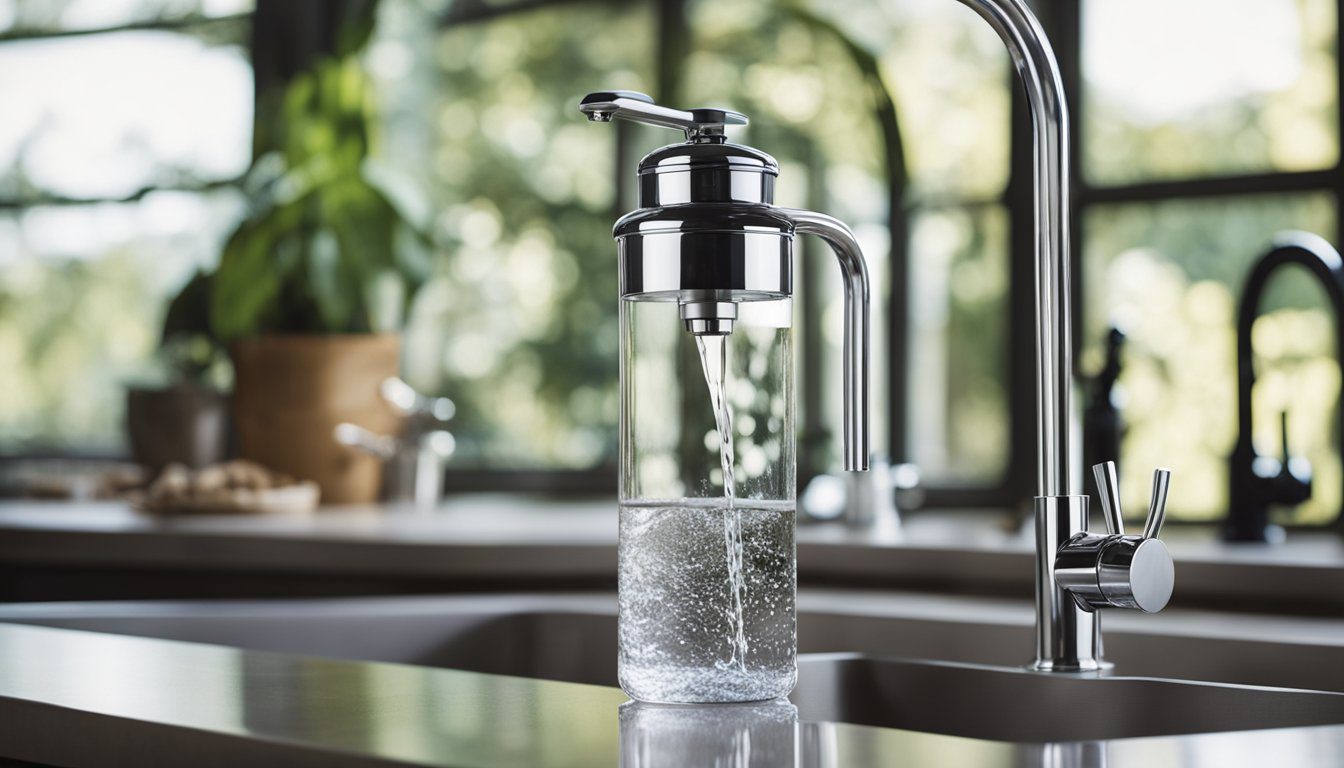
Purifying tap water offers important advantages for your health and the planet. It can improve water quality and taste while reducing waste from bottled water.
Health Advantages
Clean water is vital for your wellbeing. Filtering tap water removes harmful contaminants like bacteria, parasites, and chemicals. This lowers your risk of waterborne illnesses.
Purified water tastes better too. It has less chlorine and other additives that affect flavor. You’ll likely drink more water when it tastes good, which helps you stay hydrated.
Some filters add beneficial minerals to your water. This can boost your intake of essential nutrients like calcium and magnesium.
For babies and people with weakened immune systems, purified water is extra important. It provides an extra layer of protection against harmful microbes.
Environmental Impact
Using a water filter helps cut down on plastic waste. You won’t need to buy bottled water as often.
A good filter can last for months before needing replacement. This creates less waste than constantly buying plastic bottles.
Tap water filters use less energy than bottling and transporting water. This helps reduce your carbon footprint.
Filtering at home encourages you to use reusable water bottles. You can fill them with clean water anytime, cutting down on single-use plastics.
By using less bottled water, you help decrease plastic production. This saves resources and energy used in manufacturing.






